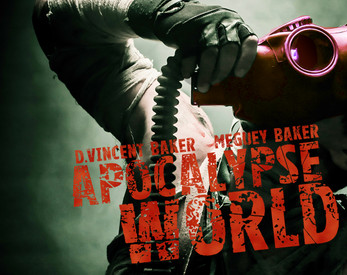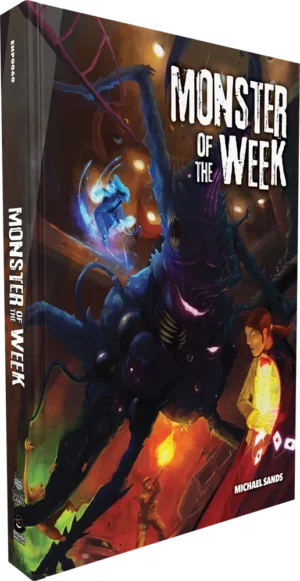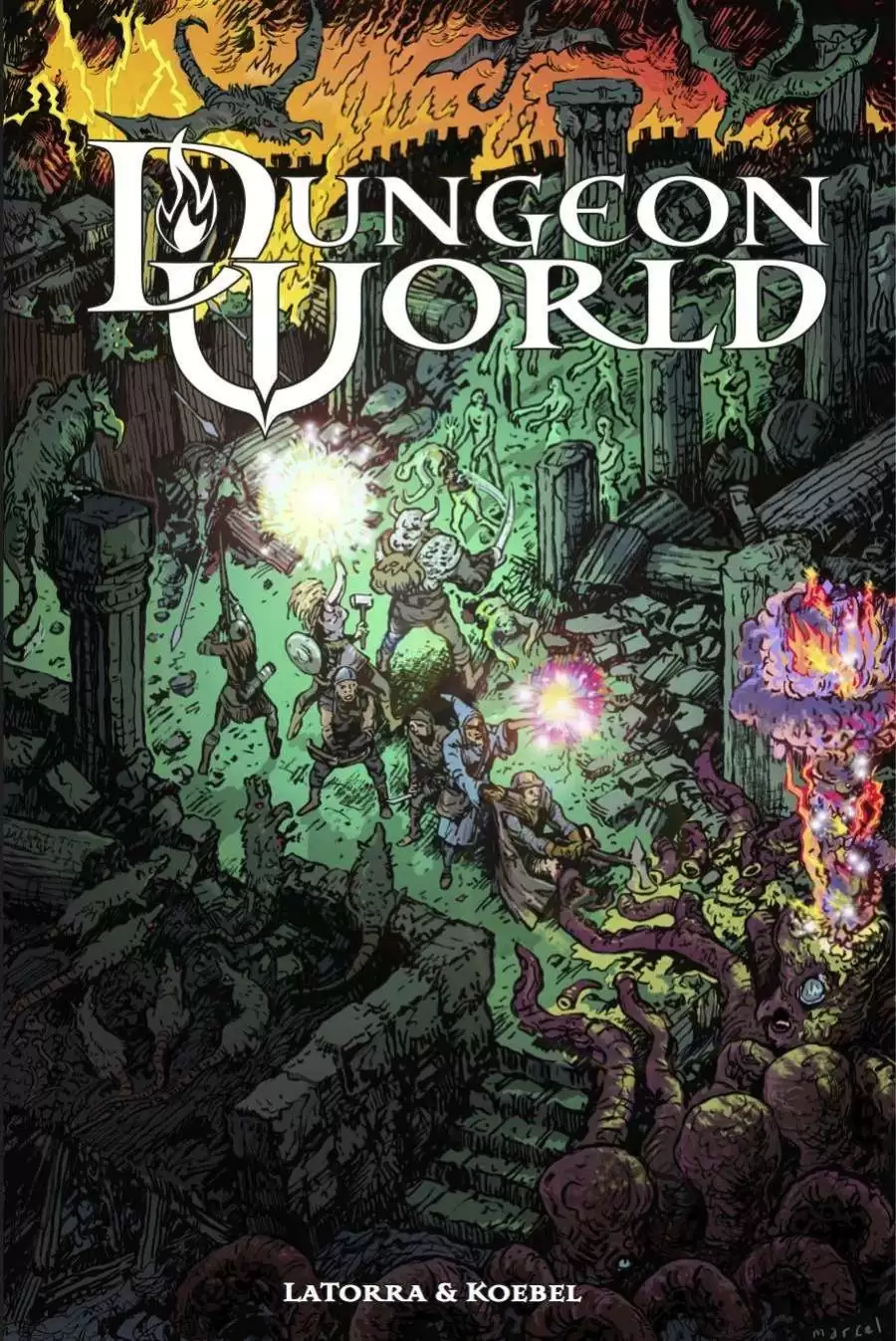Apocalypse World Post-Apocalyptic; Dark; Powered by the Apocalypse (PbtA); Narrative-Driven; Collaborative Worldbuilding; Bleak
Apocalypse World is a post-apocalyptic tabletop roleplaying game that pioneered the Powered by the Apocalypse (PbtA) system. It emphasizes narrative-driven gameplay, character relationships, and collaborative world-building. Players navigate a gritty, dangerous world shaped by a cataclysmic event, focusing on survival, power dynamics, and the human condition. The game's mechanics promote player agency and emergent storytelling, making each campaign unique and tailored to the group's preferences. It has won numerous awards and continues to influence the landscape of indie RPG design.
Theme and Setting
Apocalypse World plunges players into a world ravaged by an unspecified cataclysm, approximately 50 years after the event. This apocalypse serves as a backdrop for exploring themes of survival, community, and the struggle for meaning in a broken world. The setting isn't pre-defined; instead, players collaboratively build the world during character creation. Each playbook, representing a distinct character archetype, contributes unique elements to the setting, from the nature of local settlements and dangers to the shared history that binds the player characters together. The game embraces dark themes, violence, horror, and mature content, reflecting the brutal realities of post-apocalyptic life. The world is filled with danger and desperation, a psychic maelstrom constantly pressing at the edge of perception.
Core Mechanics and Rules
Apocalypse World utilizes the Powered by the Apocalypse (PbtA) engine, a rules-light system designed to facilitate narrative-driven gameplay. When faced with challenging situations, players roll 2d6 and add a relevant stat (Cool, Hard, Hot, Sharp, or Weird). A roll of 10+ is a success, 7-9 is a mixed success, and 6 or less results in the MC (Master of Ceremonies, equivalent to a Gamemaster) making a move.
A key element is the 'move' mechanic, which bundles actions and consequences into single narrative prompts. Each playbook grants characters unique moves, representing their special abilities and roles within the world. For example, the Hardholder controls the settlement and its resources, while the Skinner uses art to influence the population. Another mechanic is Hx (History), representing the relationships between characters, which provides a way to track and adjust character interactions, while also granting experience points.
Uniqueness of Apocalypse World
Apocalypse World stands out due to its emphasis on player agency and collaborative storytelling. Unlike traditional RPGs with pre-written adventures, Apocalypse World provides a framework for players to shape the world and drive the narrative. The MC's role is not to dictate the story but to facilitate it, reacting to player actions and presenting challenges based on established principles and agendas. The move system encourages creative problem-solving and emergent storytelling, resulting in campaigns that feel personal and unique. Its influence as the progenitor of PbtA games cannot be understated; it provided a foundation for a multitude of games with similar mechanics but different settings and themes.
Target Audience and Player Experience
Apocalypse World is geared towards players who enjoy narrative-focused gameplay, character-driven stories, and collaborative world-building. It appeals to those who prefer rules-light systems that prioritize improvisation and roleplaying over tactical combat and detailed mechanics. The game is not for the faint of heart, as it delves into mature themes and can involve morally ambiguous choices. Due to the sexual content, violence, and horror present in the game, it is not appropriate for children. The player experience centers on navigating complex relationships, making difficult decisions in a desperate world, and exploring the consequences of those choices. It provides a high degree of character agency and creative control, fostering a sense of ownership over the unfolding story.



